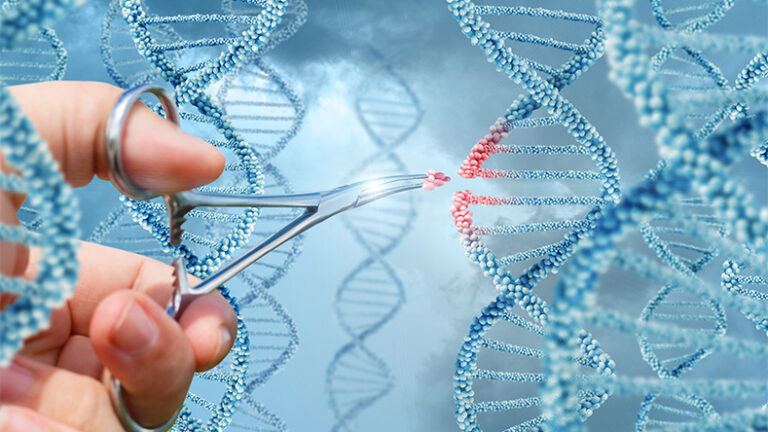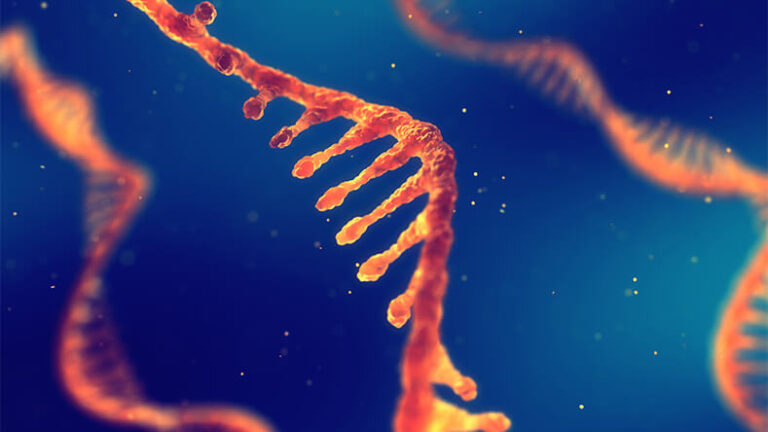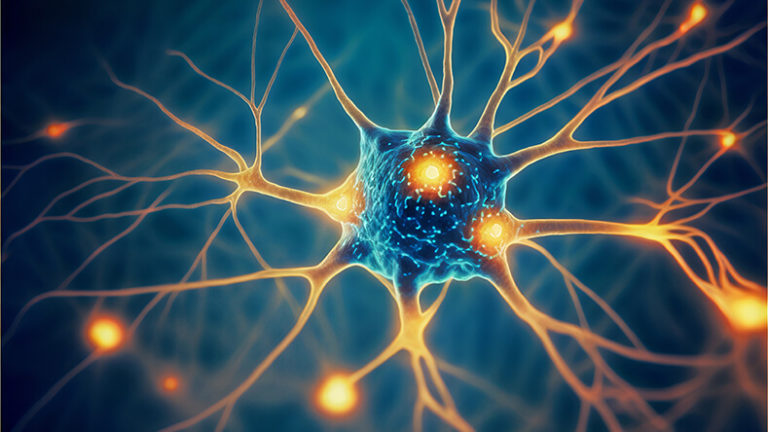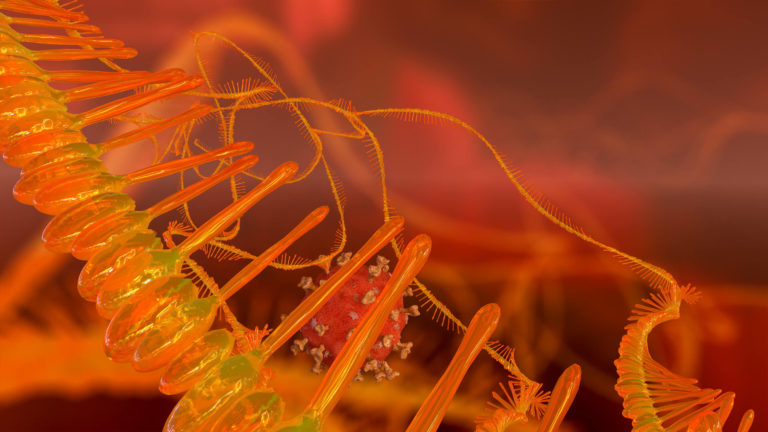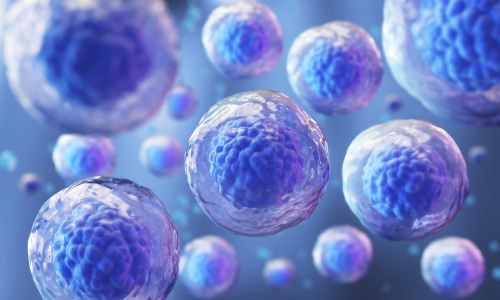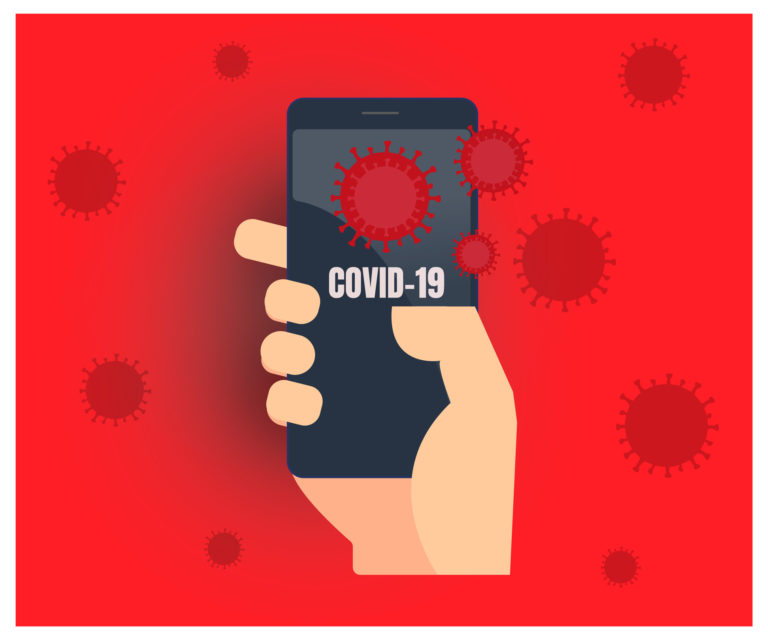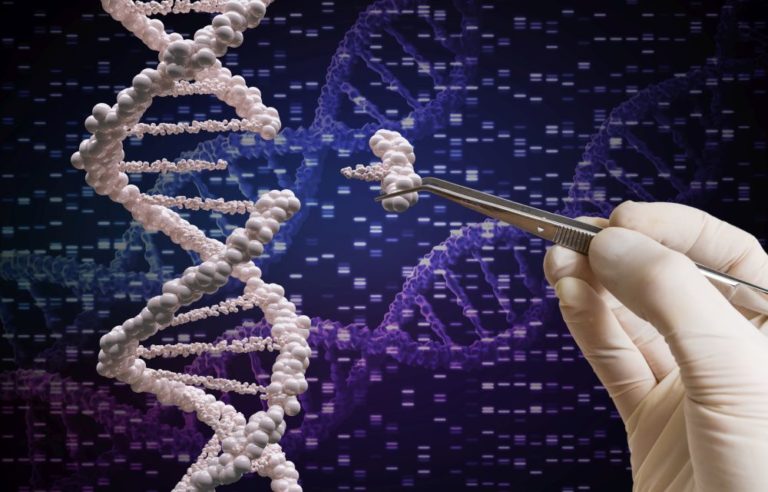The Gene Editing Juggernaut Is Picking Up Speed
https://www.embs.org/pulse/wp-content/uploads/sites/13/2024/01/5_Banks_AdobeStock_157817388.jpg
789
444
IEEE Pulse
//www.embs.org/pulse/wp-content/uploads/sites/13/2024/03/ieee-pulse-logo-dsktp2x.png
Gene editing is now on the threshold of becoming a mainstream treatment for a host of diseases and genetic treatments are posed to shape the future of health care
read more



